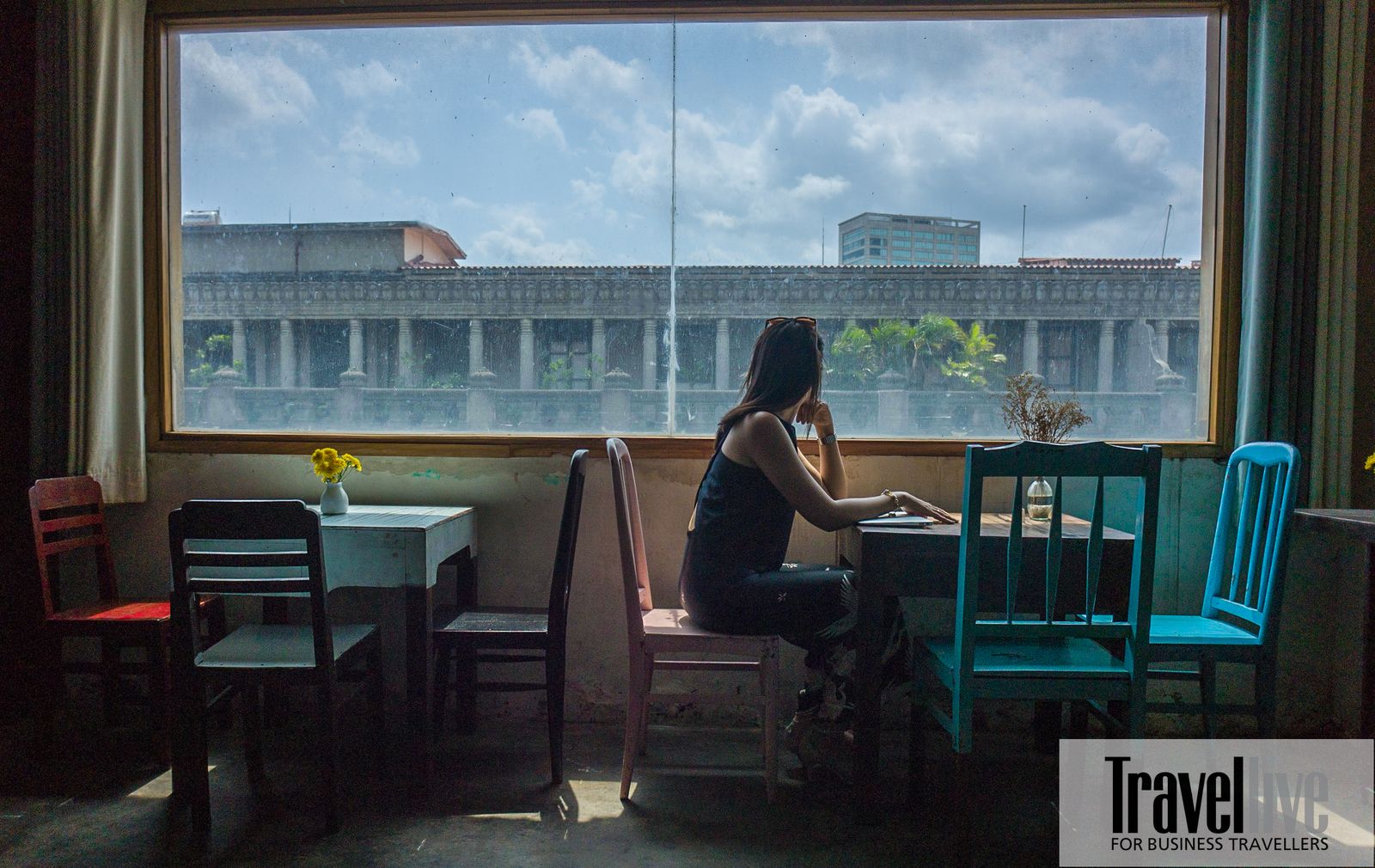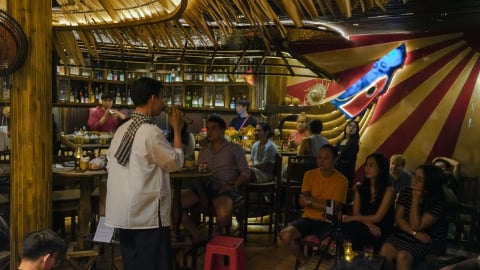The general feeling when walking across the tiled floors on the way to the old buildings is like taking people into a memory of the Indochina period or sometimes we think we are living in the subsidy period.
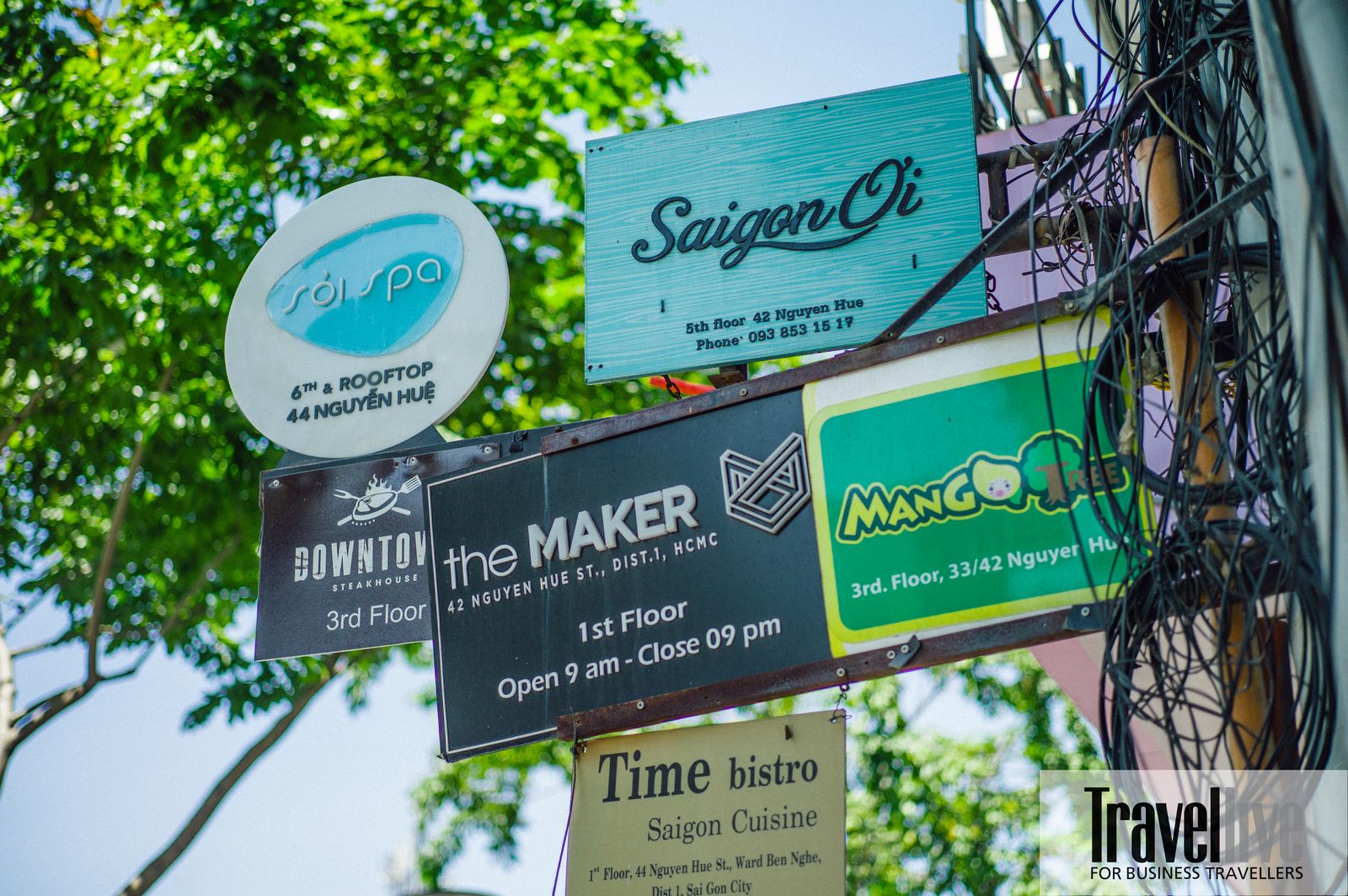
Photo: Pierre Semere
That is when the lightneonor the sunlight is not enough to illuminate the old architectural space, the facade with tangled electric wires leads us into deep, dark passages interwoven with the musty smell of time on the house walls and pale yellow lime stairs.

Photo: Pierre Semere
Old soul, new clothes
In recent years, anyone who has had the opportunity to visit the building at the corner of Dong Khoi - Ly Tu Trong or the old apartment building stretching from the corner of Dong Khoi - Lam Son Square in District 1 will surely be amazed when before their eyes opens a long walkway transformed into an art gallery with paintings of all genres and colors.

Photo: Pierre Semere
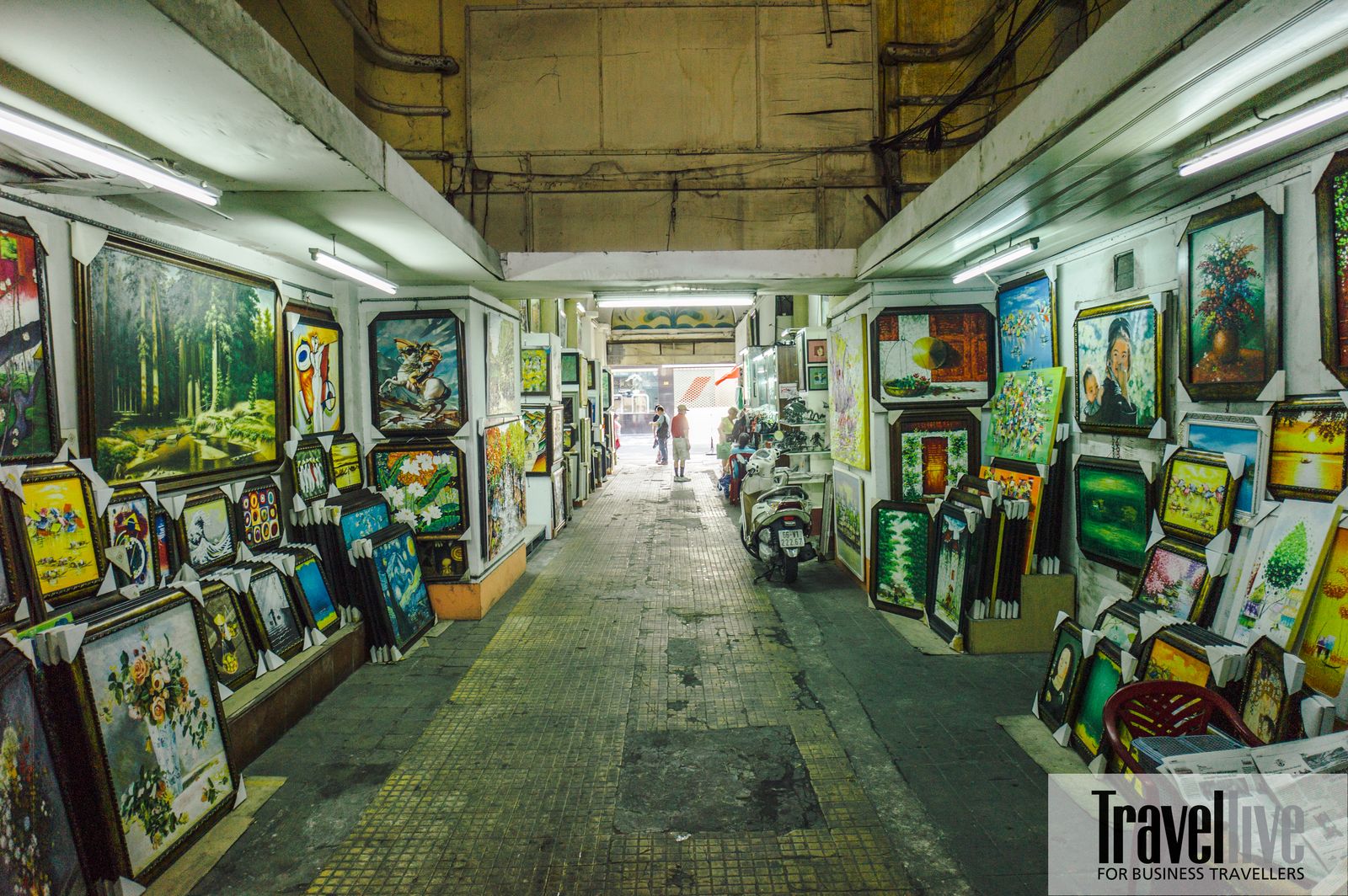
Photo: Pierre Semere
As one ascends the stairs, the distance between the past and the present seems to close. One hears the sound of all kinds of shoes echoing on the upper floors, people talking in many languages, the lyrics of popular songs. And the very light creaking of wooden doors sliding in front of theshopfashion, cafes, restaurants or beauty spas.

Photo: Pierre Semere
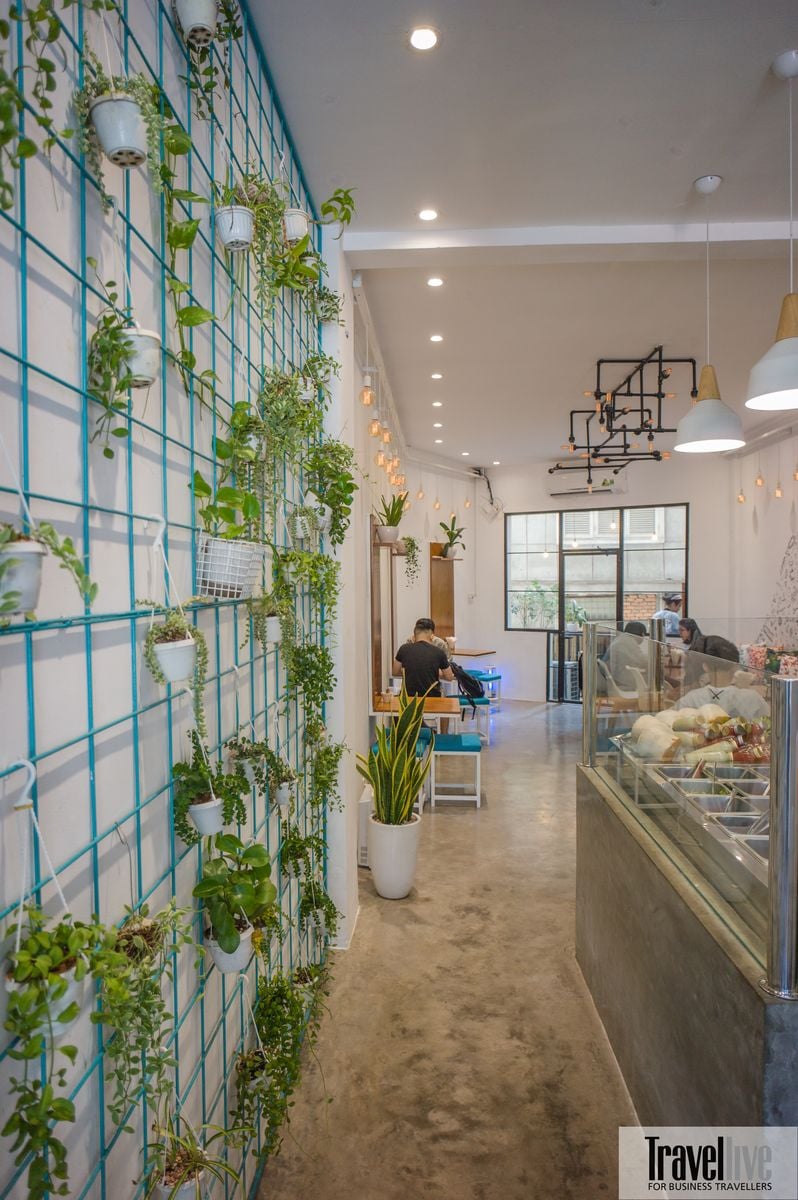
Photo: Pierre Semere

Photo: Pierre Semere
On each floor, visitors can stop to rest and leisurely look at all the small, cute, colorful signs placed along the walkways, on the walls, or on the railings. Those who are hungry can choose a Vietnamese restaurant with "mother's cooking" or Japanese food with fresh vegetables and fruits served with live seafood. Those who want to chat can find many Western-style tea and cake restaurants. Those who want to let their mind wander can go out to the balcony to drink coffee and watch the bustling streets with people and vehicles coming and going.
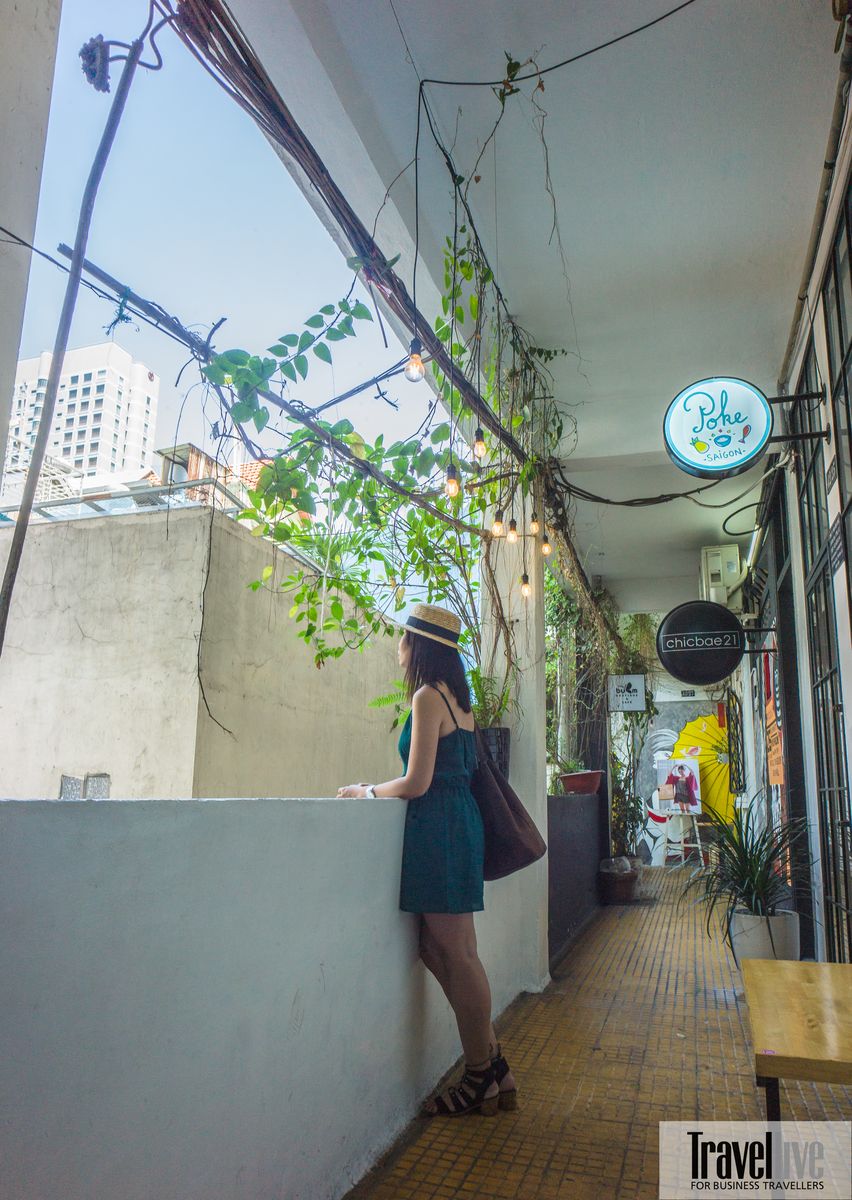
Photo: Pierre Semere
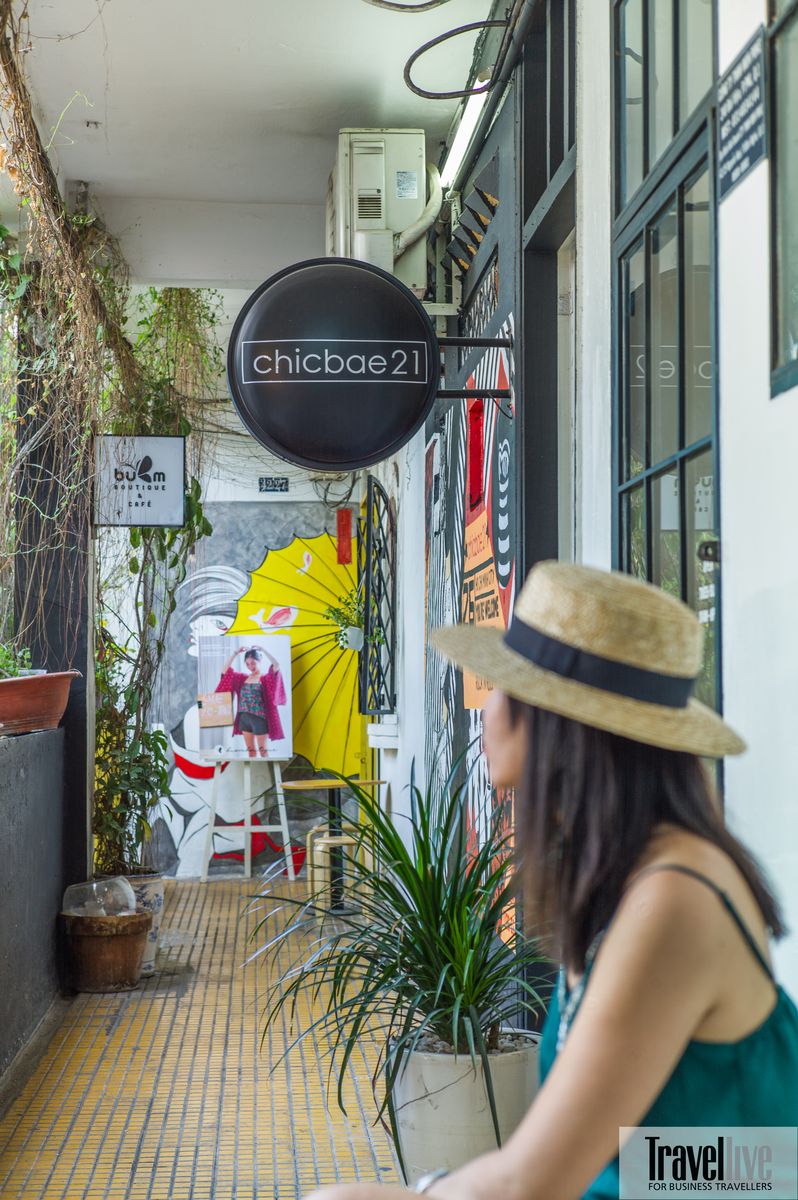
Photo: Pierre Semere
And when feeling sad or lost in thought, one can hide in a corner of the stairs, rest one’s arms on the railing and look at an old corner of Saigon. Looking up, one can see skyscrapers and brightly lit windows.
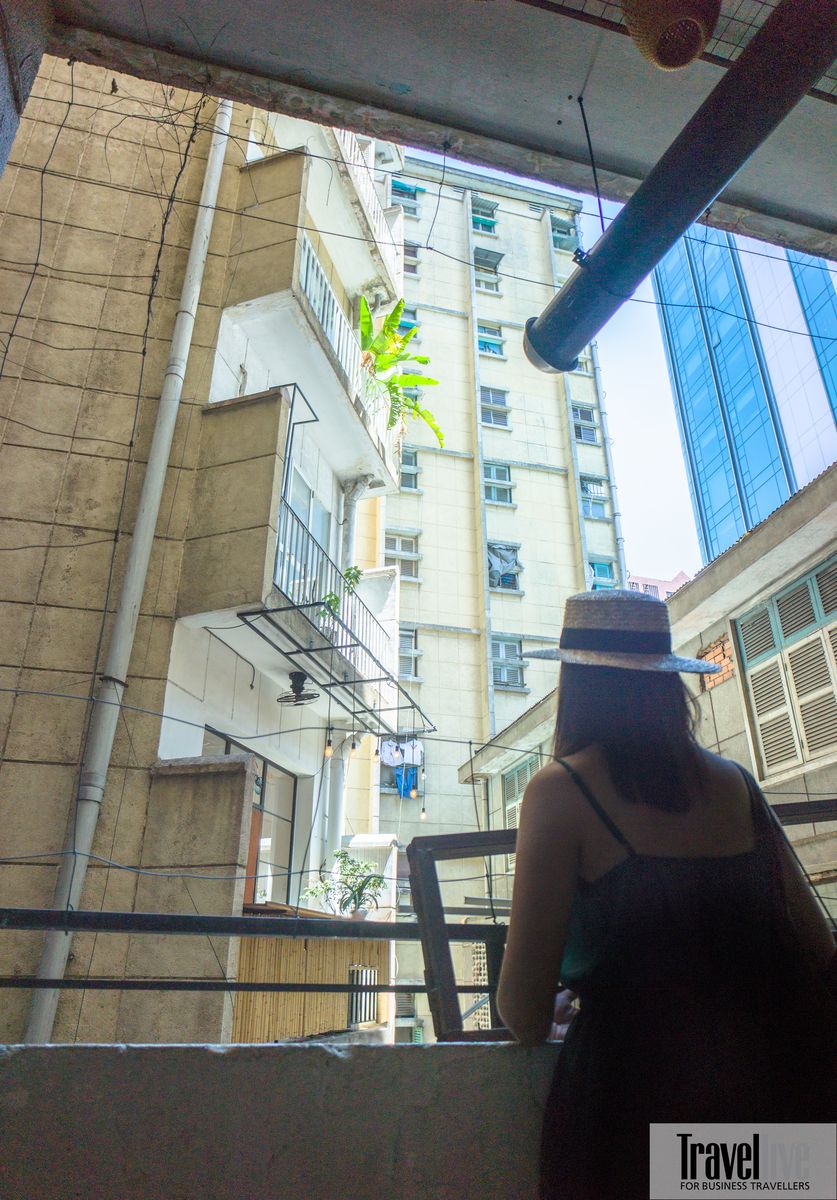
Photo: Pierre Semere

Photo: Pierre Semere
Tourists visiting Saigon should definitely try staying in these old apartment buildings or buildings to have a clearer feeling of a Saigon that is both far and near, both strange and familiar. There, the landlord has cleverly combined modern equipment with minimalist furniture placed in the nostalgic space of Saigon more than 50 years ago. As my French friend who visited Saigon this Tet said, staying in such houses is truly more wonderful than the European city. Because the whole Saigon seems to shrink through every sound of vehicles, of people, through the colors of lime, bricks, simple tile roofs, or even the chopsticks, the ceramic rice bowl in the "pretend" simple kitchen.
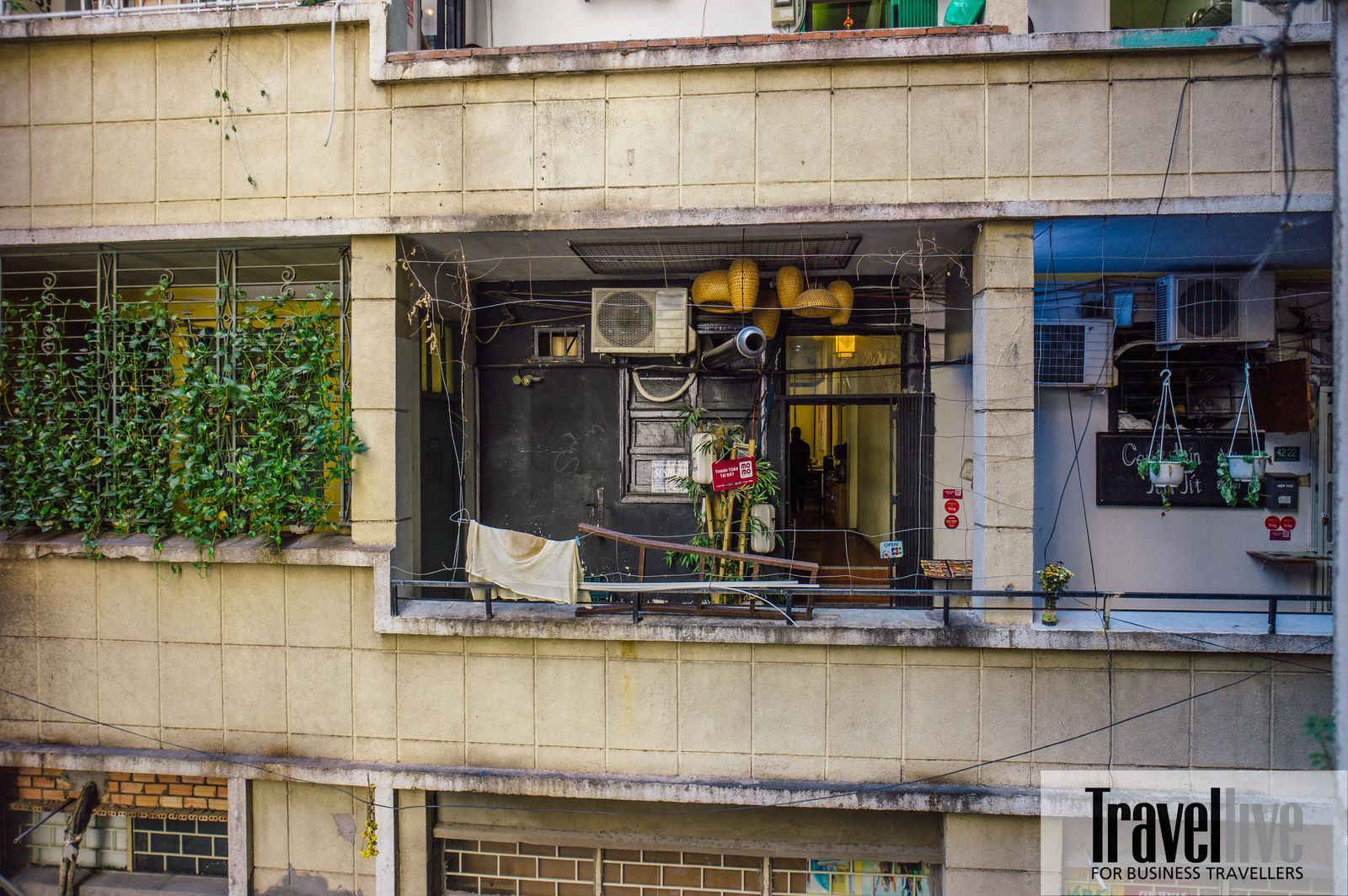
Photo: Pierre Semere
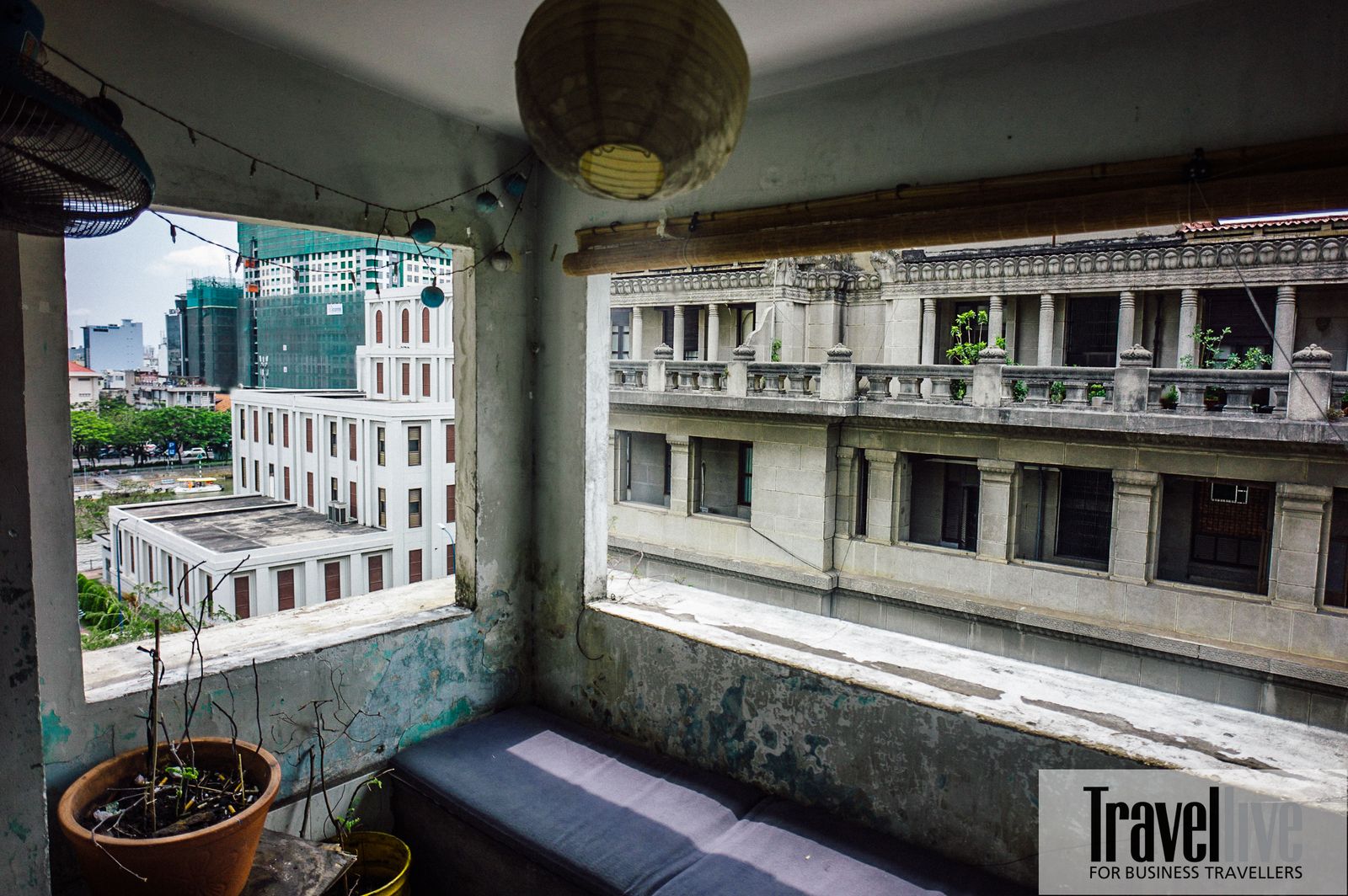
Photo: Pierre Semere
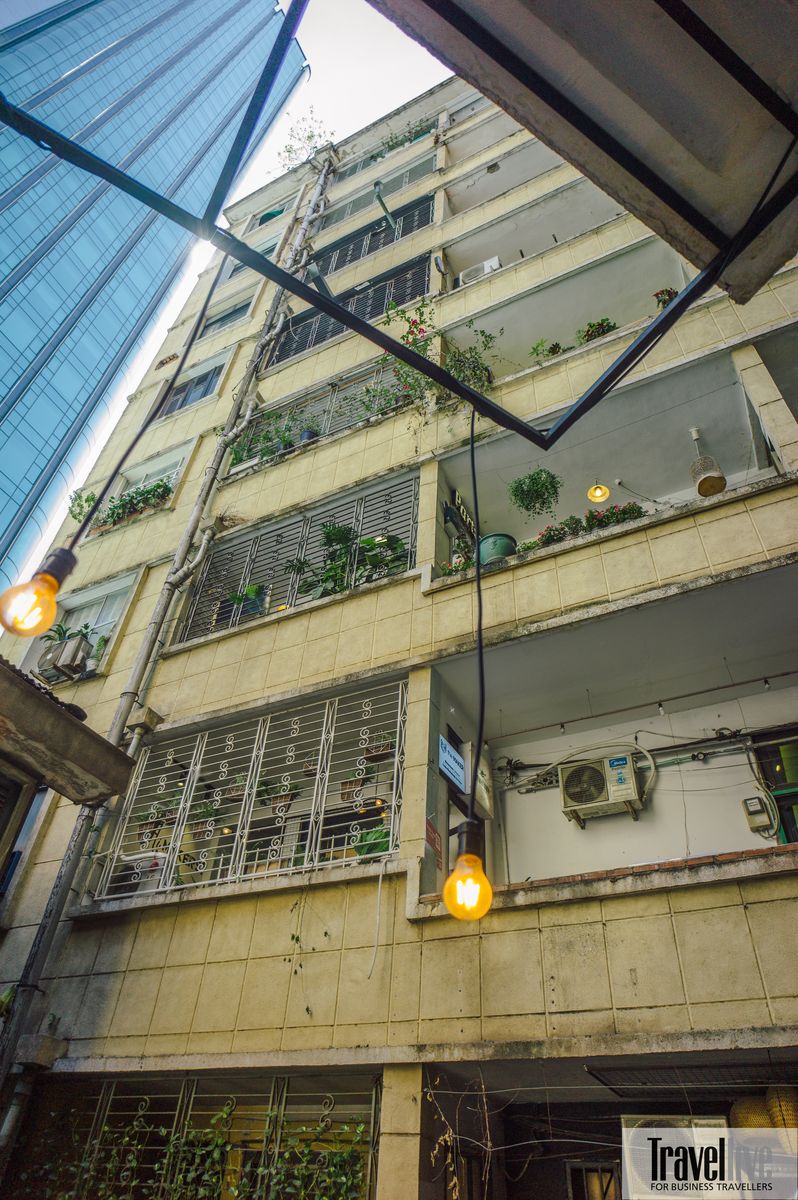
Photo: Pierre Semere
Preserving for the future
I have sometimes hesitated to think about the future of the old buildings at the corner of Dong Khoi, Ly Tu Trong, Nguyen Hue or many other buildings in the Ton That Dam and Ngo Duc Ke areas (also in District 1) that will have to give way to new constructions. Sooner or later, no one knows, but we only know that we will feel restless and disturbed when the old Saigon becomes only a memory.
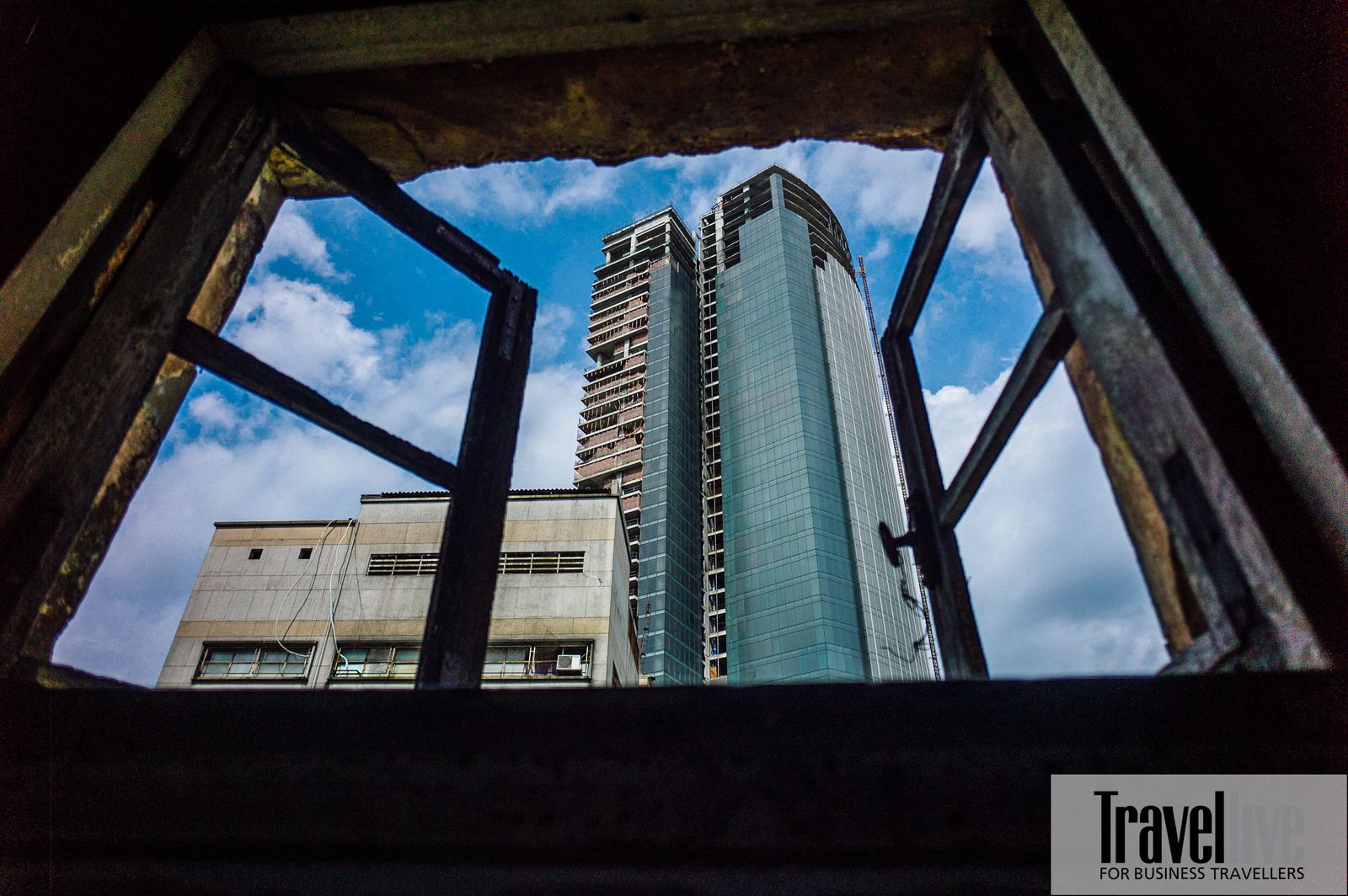
Photo: Pierre Semere
British historian Tim Doling, author of many books on Saigon and Vietnamese history, once shared that Saigon's identity will disappear when all the old buildings are demolished and replaced by rows of townhouses.“Everyone, including Vietnamese people and people around the world, believes that heritage conservation will have to give way to national development.”.

Photo: Pierre Semere
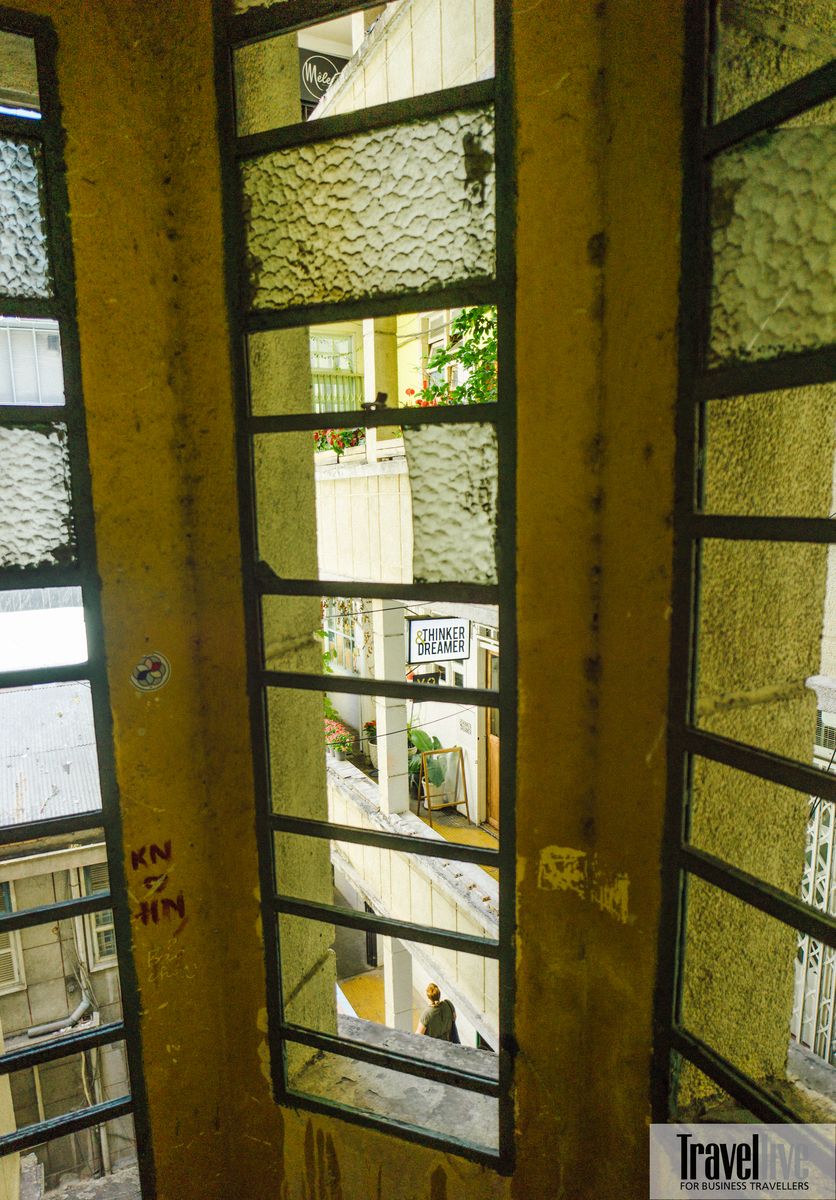
Photo: Pierre Semere
Looking outward, advanced countries such as the UK, Ireland or the US have also sacrificed their heritage for economic development. According to Doling, if history were to be rewritten, these countries would not have done so simply because destroying heritage for short-term benefits would eventually cause a loss of identity for cities when nothing of the past is left.

Photo: Pierre Semere

Photo: Pierre Semere
Artist Bridget March, who has lived and worked in Vietnam for 5 years and is always concerned with the issue of heritage preservation, also shared: “No one will know who you are and understand who you are if we do not have any memories or images of the past, family, school, or time in the army, work or travel. We are nobody, really nobody. If we do the same thing to the city and destroy all history, this city will no longer have any unique features.”
This British female artist also expressed: "Heritage must be preserved for future generations and heritage is what tourists cherish and look for in every place they pass through."





